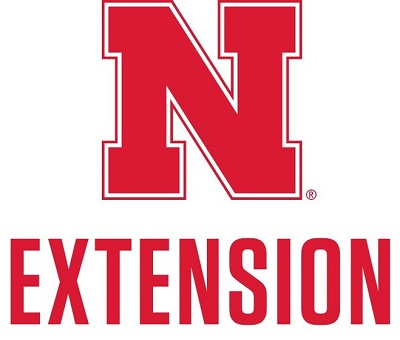There are many things on our checklist as we recover from these historic floods and blizzards from the past several day. As we move forward, producers need to know the basics of the Livestock Indemnity Program and how this program may provide financial assistance to help cover livestock losses. Below is a brief description of the livestock indemnity program but as the steps you need to take to make a claim with the USDA-Farm Service Agency (FSA).
Who is eligible for the livestock indemnity program (LIP)?
Any commercial livestock owner who legally owned the livestock on the day that livestock died and/or were injured.
What is consider and eligible loss?
Adverse weather events would be considered an eligible loss condition. This means extreme or abnormal damaging weather that is not expected to occur during the loss period for which it occurred, which directly results in eligible livestock loss. For the current weather events this includes floods, blizzards and straight-line winds.
What is excess death?
LIP payments are calculated based on the eligible death loss in excess of what is considered normal annual mortality. The normal mortality rates are determined by the FSA on a state-by-state basis using recommendations from state livestock and extension service organizations. The table below show the mortality rates for Nebraska
| Type | Weight Range | Normal Mortality Rate |
| Adult | Cows and Bulls | 1.5% |
| Nonadult | 800 pounds or more | 1% |
| 400 to 799 pounds | 2% | |
| Less than 400 pounds | 5% |
So for example you have 300 spring calving cows. Due to the flooding experienced this week you lost 30 calves. The normal mortality calculations results in a death loss threshold of 15 head (300 x 5%). This mean 15 head (30-15 = 15) are eligible for LIP payment. Of those 15 eligible head, the producer will be compensated for 75% of the average fair market value of that calf. The 2018 payment rate for a calf less than 400 pounds is $468.92 per head. A total payment would be $7,033.80 (5 x 468.92 = 7,033.80) for the loss of those 15 calves will be received. The 2019 payment rates will not be determined until the end of the 2019 calendar year.
How do I file a claim?
A producer must file a notice of loss on a CCC-852 form with their local FSA office within 30 calendar days of when the death loss occurred.
How do I document loss of livestock?
A record of all loss must be documented. The documents can be done with production records such as birth & death losses. Photos that includes the date of loss is another way to accurately document loss of animals especially with the use of smartphones. If cattle were lost due to violent flooding and livestock cannot be recovered, the use of your production records will be critical including beginning year inventory, purchase records, sale records, inventory related bank loan documentation, veterinarian records, records assembled for tax filing and other reliable documents that can help verify livestock inventories can be used. Also it also suggested to take photos with date stamps of the flooding damage in the area where the cattle were housed. These photos should include debris from the river, pieces of ice, and full views of where the cattle were housed to document the devastation due to the flooding.
Who do I contact if I have additional questions about LIP
Contact your local FSA office as they will have the most up to date information required for LIP and assure that the correct documentation is collected.
















